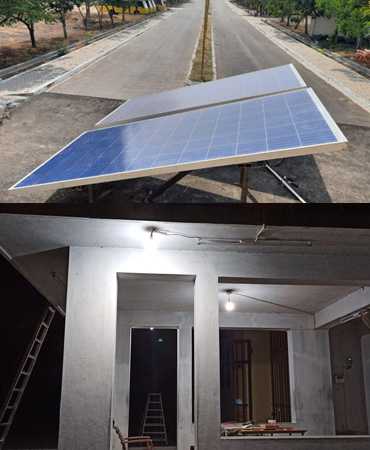
Our project for developing a smart street light system is reviewed. In this project, the street light system, in which lights on when needed and light-off when not needed. Currently, in the whole world, enormous electric energy is consumed by the street lamps, which are automatically turn on when it becomes dark and automatically turn off when it becomes bright. This is the huge waste of energy in the whole world and should be changed. Our smart street light system consists of a LED light, a brightness sensor, a motion sensor and a short-distance communication network. The lights turn on before pedestrians and vehicles come and turn off or reduce power when there is no one. It will be difficult for pedestrians and drivers of vehicles to distinguish our smart street lamps and the conventional street lights, since our street lamps all turn on before they come. The present status and the future prospects of our smart start light project will be reviewed.